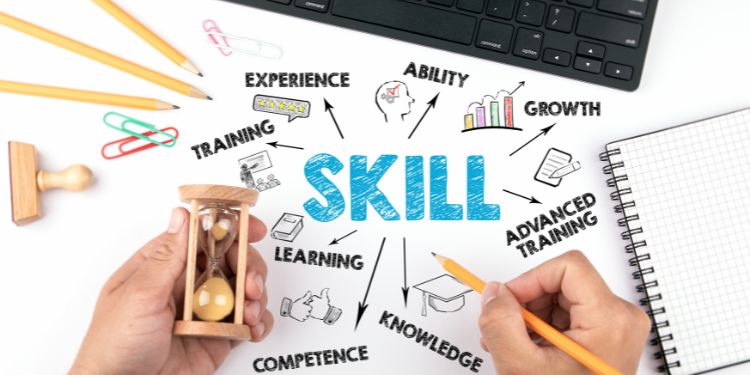Writing an effective resume doesn’t require creating a unique one for each job application. Instead, think of your resume as a versatile tool that can highlight your transferable skills across different job experiences. Here’s how to do it:
1. Emphasize Skills Over Tasks
When describing your previous job experiences, focus on showcasing the skills you employed rather than listing mundane tasks. For instance, instead of saying “Handled customer inquiries,” you can rephrase it as “Provided exceptional customer support by addressing inquiries promptly and professionally.”
2. Use Quantifiable Achievements
Highlight your accomplishments and skills with quantifiable achievements. These provide evidence of your abilities and make your resume more compelling. For example, rather than stating “Managed a team,” you could say “Led a team of six to exceed quarterly sales targets by 15%.”
3. Incorporate Action Words
To make your resume engaging, use powerful action verbs that reflect your skills. Replace passive phrases like “Responsible for project management” with active ones such as “Successfully managed cross-functional projects, ensuring on-time delivery and cost-efficiency.”
4. Tailor Your Descriptions
While you can use one resume as a foundation, it’s advisable to tailor the descriptions of your previous job experiences to align with the specific skills required for the position you’re applying for. This could mean emphasizing different skills for different job applications. For example, if the job demands strong problem-solving skills, emphasize relevant experiences on your resume.
5. Highlight Adaptability
Employers value candidates who can adapt to different situations. Show your adaptability by including examples of how you’ve successfully taken on new challenges or roles. For instance, if you transitioned from a customer service role to a project management role, highlight the skills you developed during this transition.
6. Leverage Transferable Skills
Demonstrate your transferable skills, which are valuable across various roles. For instance, communication, leadership, and time management skills are highly transferable and can be applied in diverse job settings. Mention situations where you’ve effectively used these skills, such as leading a team project or delivering persuasive presentations.
7. Provide Context
To give your skills context, briefly describe the situations where you applied them. This helps potential employers understand how your skills were relevant in your past roles. For instance, explain how you employed your problem-solving skills to resolve complex customer issues, leading to improved customer satisfaction.
Your resume is a dynamic document that can effectively showcase your transferable skills by focusing on accomplishments, using action words, and providing context for each skill. This approach allows you to create one strong resume that can be customized to fit various job applications and impress potential employers with your versatile skill set.





